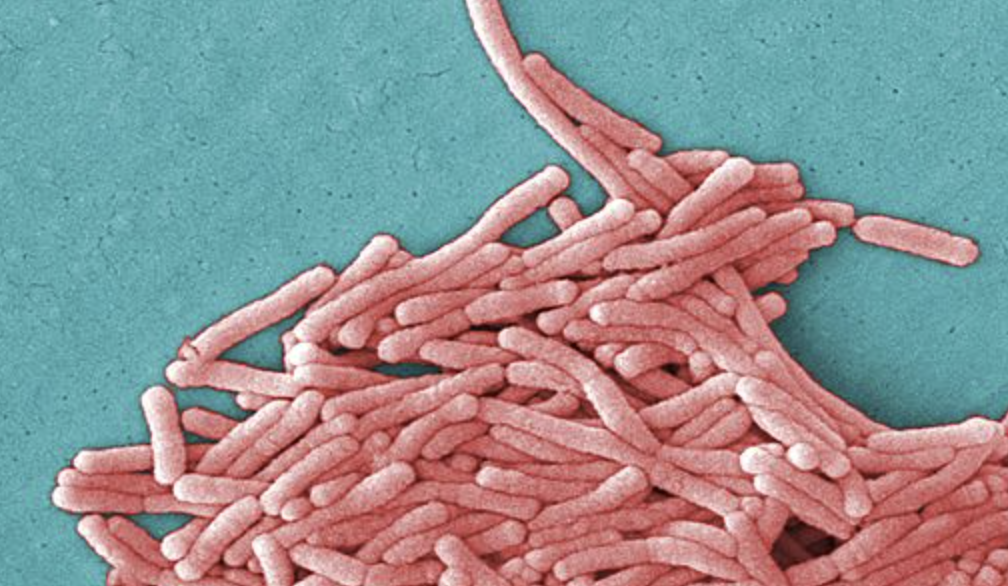Legionnaires’ Disease: A Q&A with Dr. Mark Loeb

This past summer, cities across the U.S. saw a dramatic increase in the number of confirmed cases of Legionnaires’ disease. Since mid-June, there have been a handful of confirmed cases in parts of eastern Canada, including New Brunswick and Nova Scotia, prompting public health officials from across the country to issue warnings.
Dr. Mark Loeb, a professor in the Department of Pathology and Molecular Medicine and a member of the Michael G. DeGroote Institute for Infectious Disease Research, offers some valuable advice on how to stay protected from Legionnaires’ disease.
What is Legionnaires’ disease?
Legionnaires’ disease is a form of pneumonia that’s caused by a bacterium known as legionella.
What are the causes?
The legionella bacterium thrives in potable water sources, and there are a number of ways it can be transmitted. This includes through contaminated drinking water, as well as artificial water supply systems like cooling towers, air conditioning units and aerosols. Infection typically follows the inhalation of small droplets of contaminated water. It’s important to note that Legionnaires’ disease cannot spread directly from person to person.
What are the common symptoms?
Common symptoms include cough, shortness of breath, fever and sputum production.
Who is most vulnerable?
Everyone is potentially vulnerable to Legionnaires’ disease, but those who are at risk of developing severe complications include the elderly, chronic cardiac or lung disease sufferers, smokers, and people on steroids or other immunosuppressive drugs.
What is the treatment?
Prompt treatment with broad-spectrum antibiotics has shown to be effective in treating Legionnaires’ disease.
NewsRelated News
News Listing

Faculty of Health Sciences ➚
McMaster researchers get federal funding to study emerging bird flu threat
News
1 day ago

Brighter World ➚
Putting the ‘ant’ in antibiotic discovery: How insects could be the key to fighting superbugs
News
2 days ago

November 6, 2024

